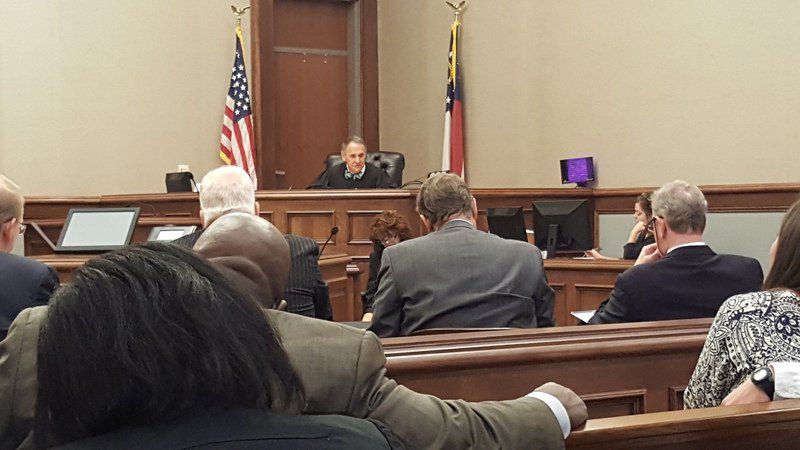Prevent centipede decline
Published 9:00 am Sunday, April 16, 2017

- Submitted photoCentipede decline concerns rise during the spring.
Each spring brings numerous calls from homeowners concerned about their centipedegrass lawns. Some lawns have large yellow patches while others have large areas of grass totally dying out.
The yellowing is a result of an iron deficiency which can be caused by several things. Some causes are high nitrogen applications before mid April, high phosphorus levels, cool night temperature, or a pH over 6.0. Centipedegrass will usually overcome this yellowing once temperatures warm up.
Many centipede lawns in Lowndes County have large patches of dead grass. This condition is usually a problem know as “Centipede Decline”. Most homeowners with this condition say, “My lawn looked great for the past few years and now suddenly it is dying”.
Most problems with centipede are the result of improper management which usually means too much management. Centipede does not like to be over-fertilized. Over-fertilizing with high nitrogen fertilizer causes too much vegetative growth.
Do not fertilize centipede too early in the spring. The grass needs to have completely greened up before fertilizing. Mid to late April is generally the best time for the first fertilizer application.
Centipede needs one to two pounds of fertilizer per thousand square feet per year. That is not much. Other warm season grasses need two to three times that amount. If centipede is over-managed for three to five years, “Centipede Decline” is likely to occur.
Centipede lawns should not be spongy. If a centipede lawn is spongy then there is a good chance that it has been mismanaged in the past few years and has built up a thatch layer. Many times spongy grass is mistaken for mole crickets. Centipede normally grows slowly and under proper management will not have much of a thatch layer.
I have seen many centipede lawns with roots that can be easily pulled up because the roots are so shallow. Usually this is caused by watering frequently and lightly. Grass roots grow where the water is located. This can also lead to large areas of grass dying.
If moisture only seeps down an inch or two into the soil, that is where most of the roots will be. If the water penetrates 6 inches into the soil the roots will grow that deep. Water your grass deeper and less frequent.
Cut your centipede at 1.0 to 2.0 inches. Do not scalp the lawn. Do not remove more than one third of the leaf blade at one cutting. Thatch should not be a problem if the lawn is mowed at the correct height.
When the grass is too tall stolons will pop out on the surface and have to grow roots through thatch before contacting the soil. These roots are prone to drying out over the winter. Cutting height alone may lead to Centipede decline.
Centipede will survive with very little fertilizer. Centipede is best left alone than over maintained. With only one pound of Nitrogen per thousand square feet a centipede lawn can look very nice and have few problems.
To help your ailing centipede, make sure it has adequate water but is not constantly wet. Rake out any dead grass and dethatch or top-dress declining areas with good topsoil. Limit your herbicide usage and mow at the proper height. For more information on this topic, refer to this publication, http://www.caes.uga.edu/applications/publications/files/pdf/C%201003_1.PDF.





